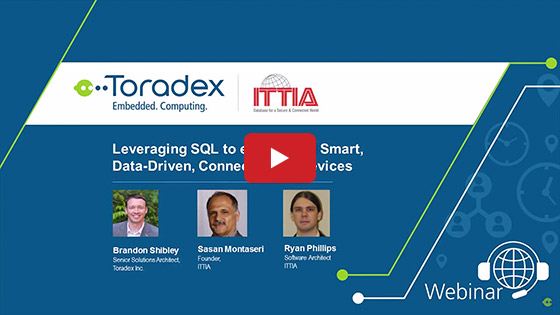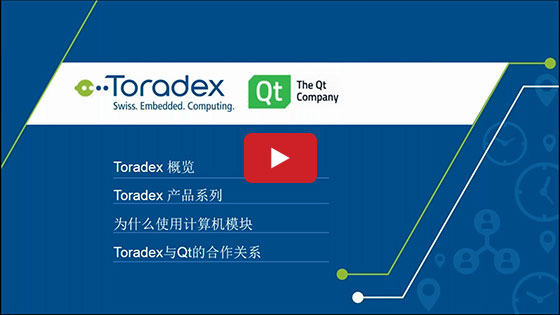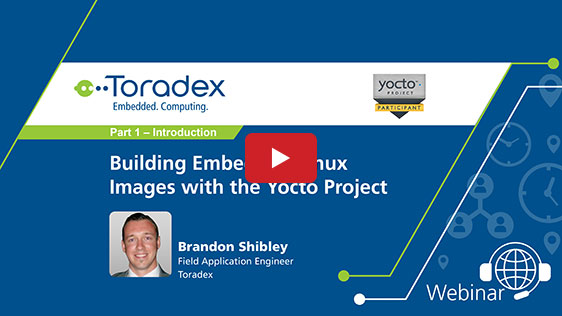Truly excellent webinar, no waffle, no marketing just good direct engineering description of the issue, why it is a problem, how to detect it and several methods to fix it.
This is one of the more useful webinars I have attended. Would like more webinars that deal with real world issues like this. Thank you!
The backfeeding solutions were the best part of the presentations - good to save for any designer's bag of tricks.
Thank you very much for this really great webinar. In particular I liked that with the polls it was a bit interactive. Seeing the presenter in a video overlay on the slide is much nicer than staring at static slides.
Backfeeding, Backflow, Back-Driving, Reverse-Current, Reverse-Feeding – there are multiple names for the same problem, an unintentional and irregular flow of current in the reverse direction.
Have you ever encountered a power rail not going entirely down to zero even though the power supply is removed?
Have you ever seen an LED slightly lit up when the power is supposed to be turned off?
This webinar discusses how backfeeding occurs and what it has to do with ESD protection. First, we show techniques for discovering and measuring backfeeding. Figuring out where the backfeeding is coming from is often detective work for hunting the cause. After the sources are identified, it is time to talk about prevention. There are several ways to omit or reduce backfeeding in circuits. Some of these methods work only in certain situations, while others are complex. Finally, we talk about the advantages and disadvantages of different solutions.
Often it is not easy to prevent backfeeding entirely. Therefore, we need to understand what the potential issues with backfeeding are. Are we damaging our circuits, or are we just fine? We need to understand the potential issues for judging how much we want to spend on prevention.
- Understand what causes backfeeding and the potential problems it can create
- Learn techniques for measuring backfeeding current and how to hunt the sources
- Identify potential backfeeding paths already in the system design phase
- Discuss different backfeeding prevention methods





